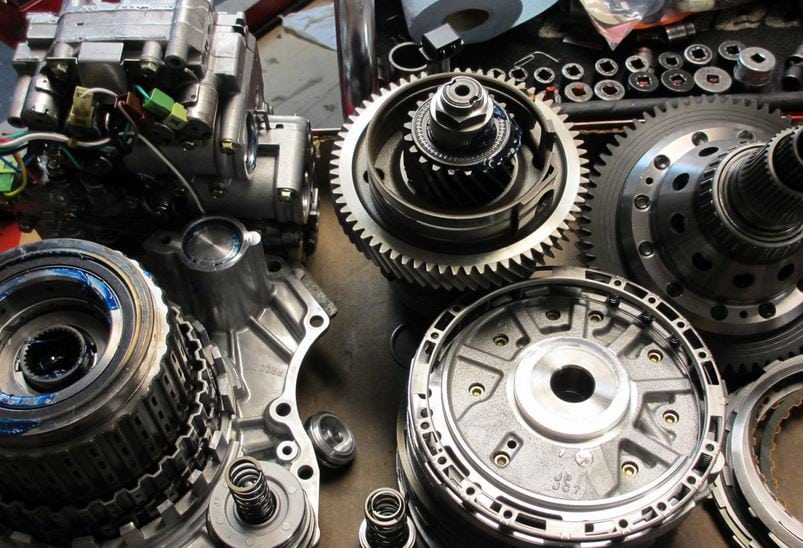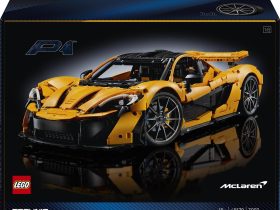While electric vehicle sales are growing in the United States at a healthy pace, they are starting to hit a brick wall that many EV makers and pundits may not have anticipated: consumer expectations.
Consumers in the U.S. tend to buy vehicles based on a variety of needs, wants, and expectations. Needs are easy to quantify. That generally dictates the minimum and/or maximum size of the vehicle, for example. And the vehicle’s minimum capabilities for things like cargo hauling or number of seats. Wants and expectations, however, are where automakers employ both marketing and analysis to find consumer trends and cater to them. This is where things like larger wheels, brighter colors, stronger acceleration, and so forth come into play. It’s also where the fickle nature of consumer buying habits becomes a problem. Especially for EVs.
Electric Vehicles have a major drawback: range and time to charge. Arguments about how this doesn’t apply to 90 percent of consumers and their lifestyles might sound logical and make perfect sense, but consumers aren’t listening to them. The trouble is that most people purchasing a vehicle trend towards purchasing in extremes. Extreme use cases, extreme scenarios, or extreme values when it comes to look and feel.
These extremes, for example, are why so many luxury sport utility vehicles aren’t very good as SUVs. Buyers tend to want a sports car but must settle for an SUV because they have people hauling or stuff hauling requirements. Or they want the comfort and implied safety of a larger vehicle. Hence the plethora of sport-oriented and muscular sport utilities on the market. Especially in the luxury realm.
Most automotive shoppers are interested in meeting needs, but then add on expectations beyond that. Expectations that electric vehicles aren’t often ready to meet. Sure, the average commute might be 25-40 miles a day and most people probably only really need 100 miles of range as the norm. But most of those same people will then think about that one time, last year, when they road tripped 300 miles to see a concert or visit grandma. Now that 100-mile range doesn’t look like enough.
This is borne out by the statistics. Both a recent Cox Automotive and an Axios survey and report have shown that more than half of new car buyers in the U.S. are “interested” in electric vehicles. But only about 6.5 percent are currently buying them. The same numbers hold true for used vehicle shoppers, with even fewer on the buying side. Most of those surveyed by Cox cite a lack of charging infrastructure or a lack of availability of a vehicle they want as reasons for not buying.
The supply of EV inventory at dealerships is also bearing this out. Dealerships currently have a steady supply of new vehicles post-COVID and are slowly building inventory on their lots. The trouble is, the inventory of EVs is growing faster than the inventory of everything else. First, because manufacturers are heavily promoting new electric models, but also because buyers are less interested in them. And so the inventory piles up. Right now, inventory of EVs is roughly double that of conventionally-powered vehicles. This can be attributed to many things, including a lack of support and infrastructure at the dealership level and beyond, but also because consumers show interest, but don’t put down the dollars to commit.
Consumers very often think in extremes of need. These, according to Internet babble, include things like weather events that may or may not ever actually happen. Or fears of the power grid failing or some kind of zombie apocalypse happening and thus requiring a much more rugged and versatile vehicle than their daily commute dictates. “How will I get home from the office if aliens suddenly attack and all I have is a Prius Prime?”
These irrational examples aren’t far from the reality of today’s automotive buyer. Yes, they’re exaggerated to make a point, but that is where the market is. And no number of government mandates or well-worded Internet arguments are going to change that. A large swath of the vehicles sold are four-wheel drive trucks and they’re purchased by people who rarely (if ever) off-road and probably don’t haul anything larger than a once-in-10-years water heater replacement for their home. Yet the top three vehicles sold in the U.S. continue to be pickup trucks. In fact, most of the top ten sales for vehicles are pickup trucks and sport utilities. None of which are EV versions.
Most analysts predict that the growth of EVs is about to slow down. A lot. Where it was 75 percent or higher in previous years, it’s likely to be only a fraction of that going forward. Government mandates will likely be seen as the only thing holding sales as high as they will be. Few in the automotive industry truly believe, when questioned off the record and behind closed doors, in the federal push for 50 percent to 100 percent new car sales being EVs in the next decade.
Although he is facing a lot of flak for it, Akio Toyoda was likely right when he challenged the EV push as chairman of Toyota. It’s worth noting that the shareholders who are coming out against Toyoda and his statements and who are pushing for a replacement are mostly government entities or people attached to them.
And so, going forward, it’s important that we remember that buyers don’t purchase based on straight practicality. We also must assume that automakers who insist on creating EV models that look overly futuristic and have interiors modeled after an iPhone screen likely know that only a select group of early adopters and tech geeks are going to purchase theat EV.
Until an affordable and realistic EV that caters to the expectations of actual buyers is the norm, and the infrastructure to make it more palatable is there, most buyers aren’t going to be anything but curious. It will require more than just automakers being on board to create that scenario. The entire power grid and our very culture will need to change first.
This article originally appeared on EVmeme.com.







